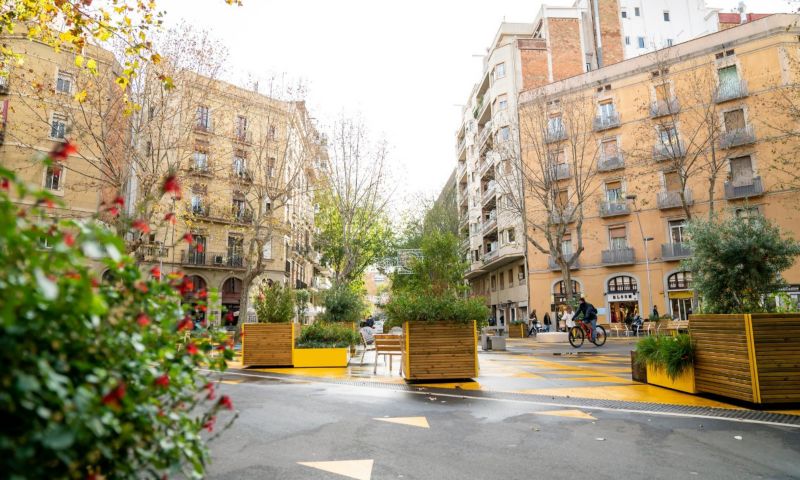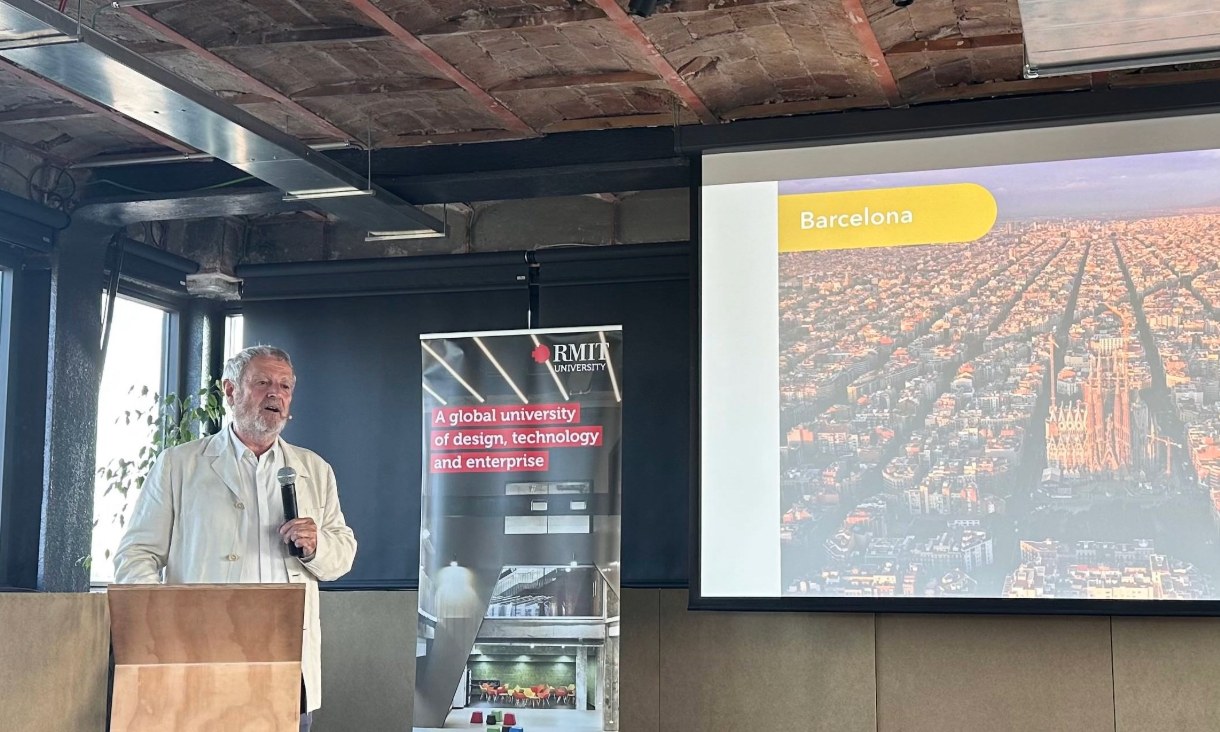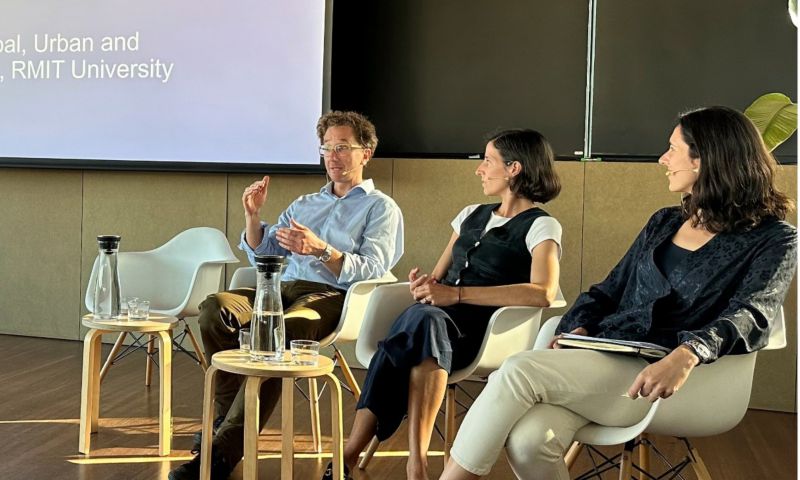Announcing the Saskia Loer Hansen Memorial Scholarship
RMIT is pleased to announce the establishment of the Saskia Loer Hansen Memorial Scholarship in memory of our friend and colleague.
RMIT reinforces commitment to preventing gender-based violence with 2024 report
RMIT University continues to strengthen its efforts to prevent and respond to gender-based violence, with the release of the Addressing Gender-Based Violence Annual Report 2024.
Harnessing data to drive liveability
RMIT is collaborating with government and industry partners on an innovative data sharing project, which aims to create more sustainable, liveable and healthier communities.
RMIT security training delivers impact in Asia–Pacific
RMIT’s Transnational Security Training (TST) programs are celebrating 20 years of impactful delivery in the Asia-Pacific region this year, helping to combat transnational crime, promote inter-agency collaboration, and drive career development.







